- About us
- Support the Gallery
- Venue hire
- Publications
- Research library
- Organisation chart
- Employment
- Contact us
- Make a booking
- Onsite programs
- Online programs
- School visit information
- Learning resources
- Little Darlings
- Professional learning
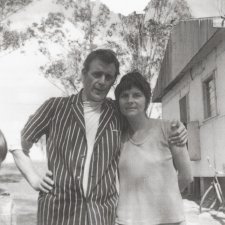
Christopher Chapman describes the art and life of Australian artist Richard Larter.
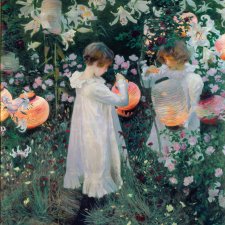
John Singer Sargent: a painter at the vanguard of contemporary movements in music, literature and theatre.
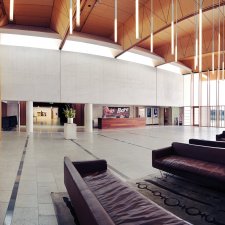
A design diary retrospective.

Dr Christopher Chapman explores how we can understand Richard Avedon's photographs.
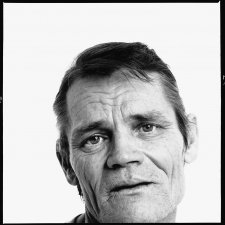
Stephen Zagala discusses Richard Avedon’s work from an Australian perspective.
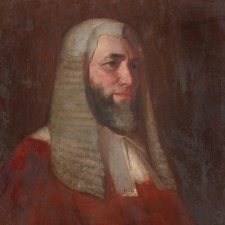
Family affections are preserved in a fine selection of intimate portraits.
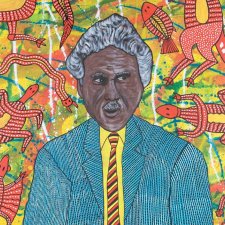
This issue of Portrait Magazine includes William Bligh, Lionel Rose, Richard Larter, Layne Beachley, William Yang and more.
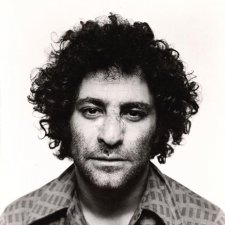
This issue features Richard Avedon, Tracey Moffatt, Indigenous portraiture, William Kentridge, roller derby and more.
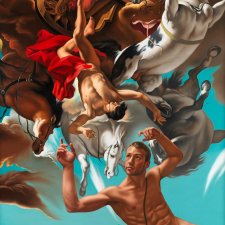
How seven portraits within Bare reveal in a public portrait parts of the body and elements of life usually located in the private sphere.

Magda Keaney examines the 123 Faces project by Simon Obarzanek.
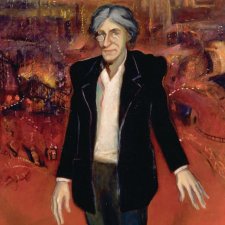
Martin Sharp fulfils the Pop art idiom of merging art and life.
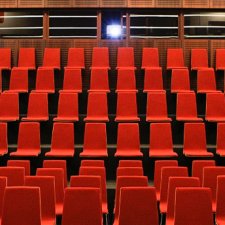
Michael Kimmelman, Chief Art Critic of The New York Times and author of Portraits: Talking with Artists at the Met, the Modern, the Louvre and Elsewhere, presented the National Portrait Gallery Third Anniversary Lecture on 2 March 2002. He was generously brought to Australia by the Gordon Darling Foundation and Qantas.

The design concepts behind the new National Portrait Gallery building in Canberra.

Lee Tulloch remembers her great friend NIDA-trained actor turned photographer Stuart Campbell.

A photographic portrait by Kerry Dundas captures the contemplative mind of visionary painter Godfrey Miller.
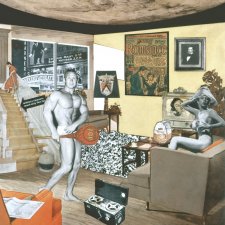
A National Portrait Gallery, London exhibition redefines portraiture, shifting the focus towards a new perspective on Pop Art.
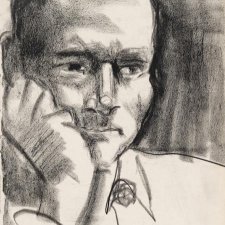
Lauren Dalla examines the life of Australian painter Roy de Maistre and his portrait by Jean Shepeard.

Sandra Phillips on portraits of Indigenous activism from Cairns Art Gallery’s 2019 Queen’s Land Blak Portraiture exhibition.
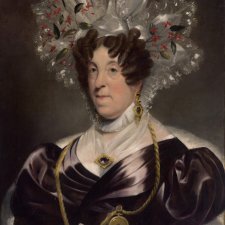
Joanna Gilmour describes how colonial portraitists found the perfect market among social status seeking Sydneysiders.
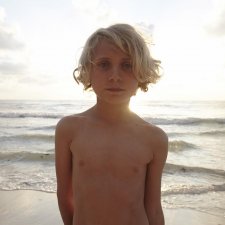
National Photographic Portrait Prize judge Christopher Chapman connects this year’s entries to iconic contemporary american photographers.

Artist David M Thomas lists some of the ideas and influences behind his video portraits.
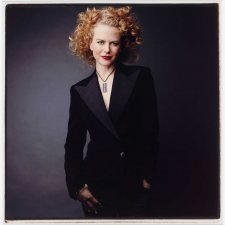
Australian photographer Karin Catt has shot across the spectrum of celebrity, her subjects including rock stars, world leaders and actors.
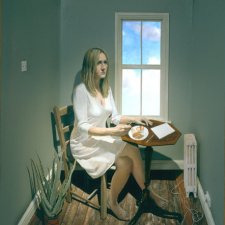
Lecture by Sandy Nairne, Director, National Portrait Gallery, London, given at the National Portrait Gallery, Canberra on 28 April 2006.
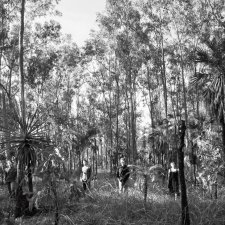
Dr Christopher Chapman describes the experimental exhibition Portraits + Architecture
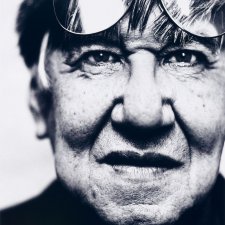
Magda Keaney speaks with Lewis Morley about his photographic career and the major retrospective of his work on display at the NPG.
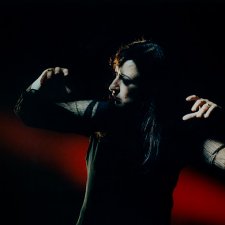
Penelope Grist speaks to Bill Henson and Simone Young to discover the origins of the artist’s stunning photographic triptych.
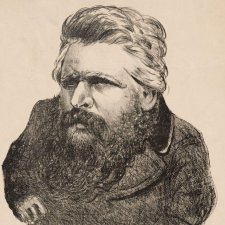
Joanna Gilmour on Tom Durkin playing with Melbourne's manhood.
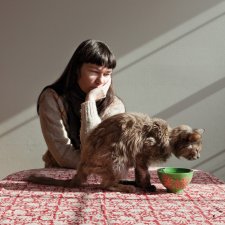
Joanna Gilmour on the National Photographic Portrait Prize 2013.
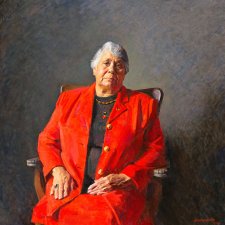
Robert Hannaford has completed around 400 portraits over the span of his career.
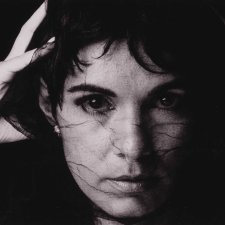
Michael Riley’s early portraits by Amanda Rowell.

Alistair McGhie reminisces about three Australian rugby greats commissioned for the Portrait Gallery collection by Patrick Corrigan AM.

Jaynie Anderson reflects on her experience as sitter for Reshid Bey’s 1962 portrait.
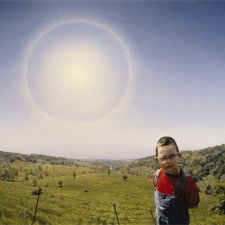
Australia's former Cultural Attache to the USA, Ron Ramsey, describes the mood at the opening week of the revitalised American National Portrait Gallery.
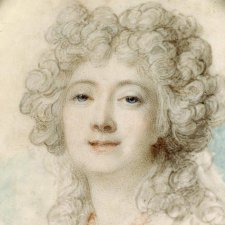
Joanna Gilmour looks beyond the ivory face of select portrait miniatures to reveal their sitters’ true grit.
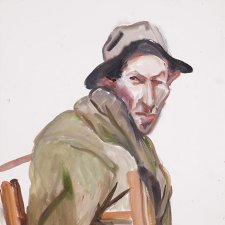
'Artist and actors, advancing spasmodically, find their rhythm together' writes Sarah Engledow.
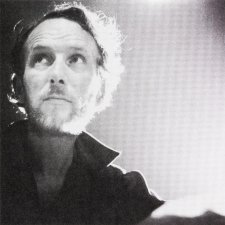
One half of the team that was Eltham Films left scarcely a trace in the written historical record, but survives in a vivid portrait.
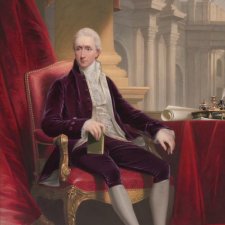
Angus Trumble reveals the complex technical mastery behind a striking recent acquisition, Henry Bone’s enamel portrait of William Manning.
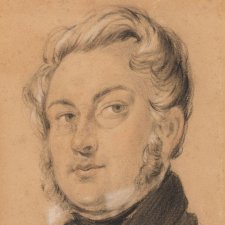
Whether the result of misadventure or misdemeanour, many accomplished artists were transported to Australia where they ultimately left a positive mark on the history of art in this country.
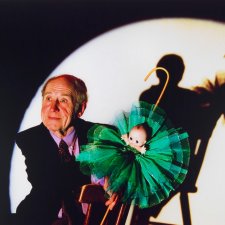
Karen Vickery delights in a thespian thread of the Australian yarn.
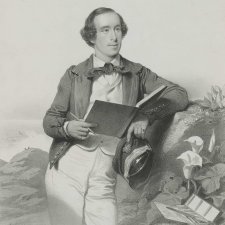
Dr Sarah Engledow explores the lives of Sir George Grey and his wife Eliza, the subjects of a pair of wax medallions in the National Portrait Gallery's collection.
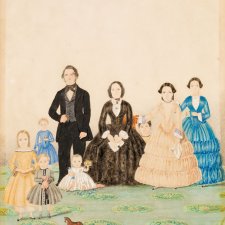
Jo Gilmour uncovers endearing authenticity in the art of a twice-transported Tasmanian.
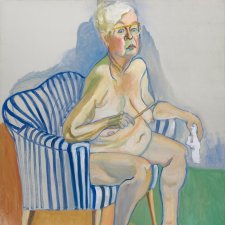
Jennifer Higgie reveals how Alice Neel reinvigorated 20th century portraiture with her honest and perceptive depictions of the human experience.
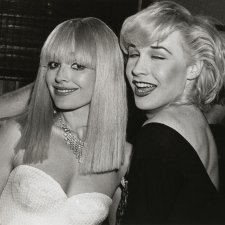
Glynis Jones on the Powerhouse’s retrospective of one of Australia’s foremost fashion reportage and social photographers.
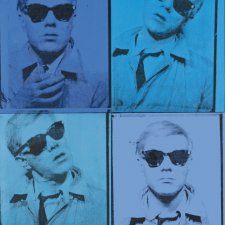
Jane Raffan investigates auction sales of self portraits nationally and internationally.

Joanna Gilmour accounts for Australia’s deliciously ghoulish nineteenth century criminal portraiture.
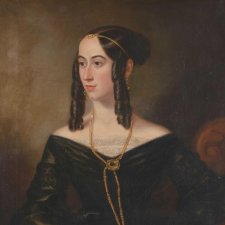
Emma Kindred examines fashion as a representation of self and social ritual in 19th-century portraiture.

Traudi Allen discovers sensitivity, humour and fine draughtsmanship in the portraiture of John Perceval.
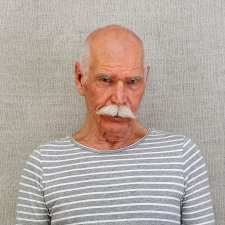
Aimee Board reveals method, motivation and mortality in the portraiture of Rod McNicol.
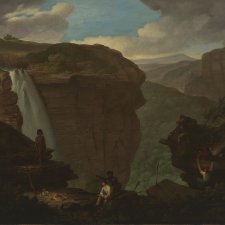
The London-born son of an American painter, Augustus Earle ended up in Australia by accident in January 1825.
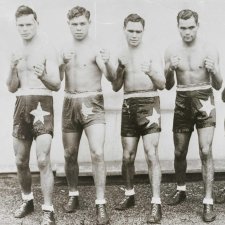
Joanna Gilmour explores photographic depictions of Aboriginal sportsmen including Lionel Rose, Dave Sands, Jerry Jerome and Douglas Nicholls.
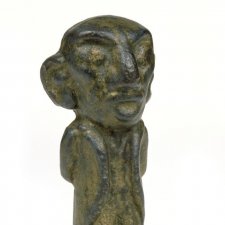
A toast to the acquisition of an unconventional new portrait of former Prime Minister, Stanley Melbourne Bruce.
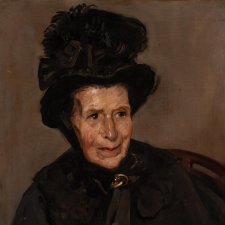
Joanna Gilmour profiles Violet Teague, whose sophisticated works hid her originality and non-conformity in plain sight.
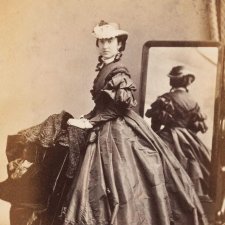
The death of a gentlewoman is shrouded in mystery, a well-liked governor finds love after sorrow, and two upright men become entangled in the historical record.
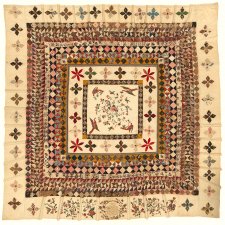
The Rajah Quilt’s narrative promptings are as intriguing as the textile is intricate.